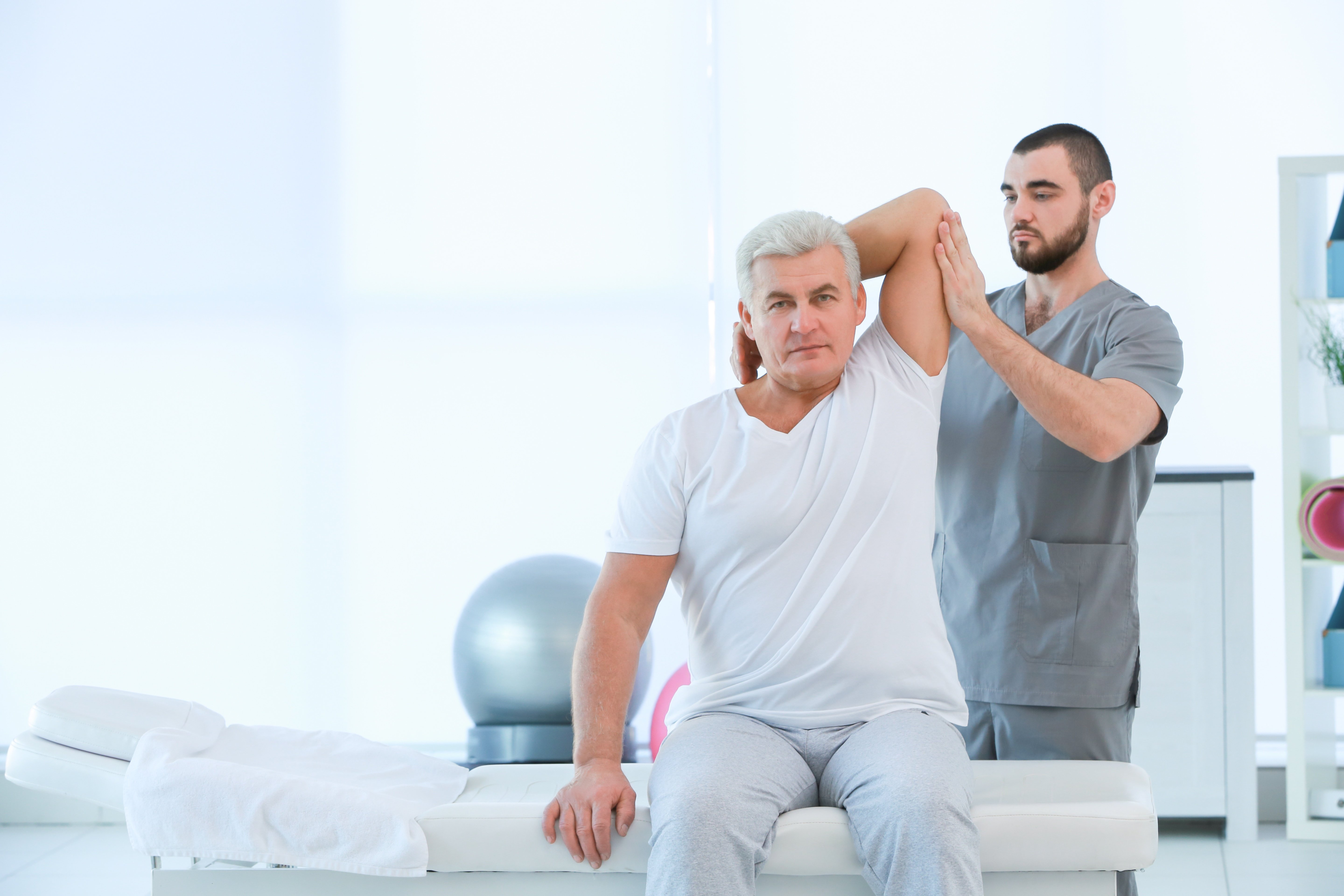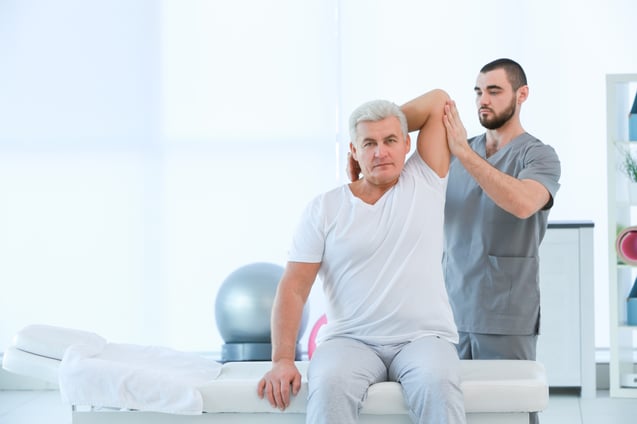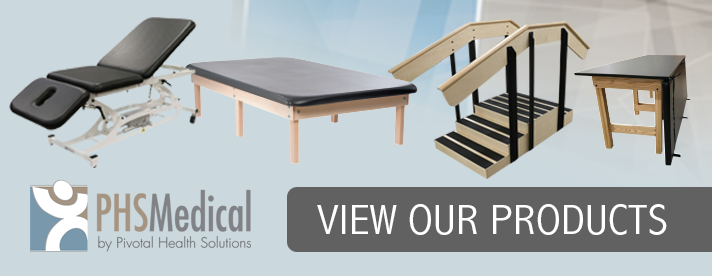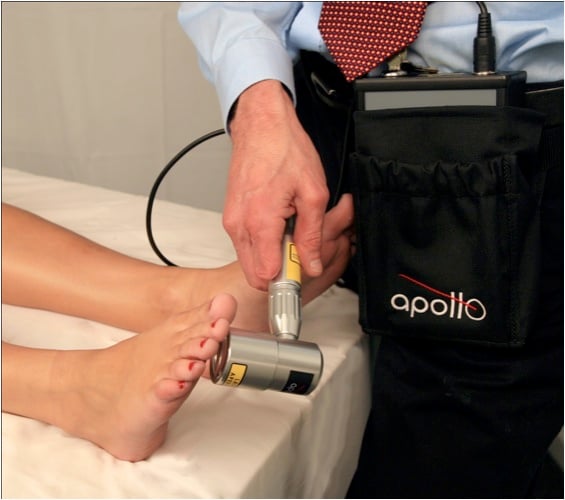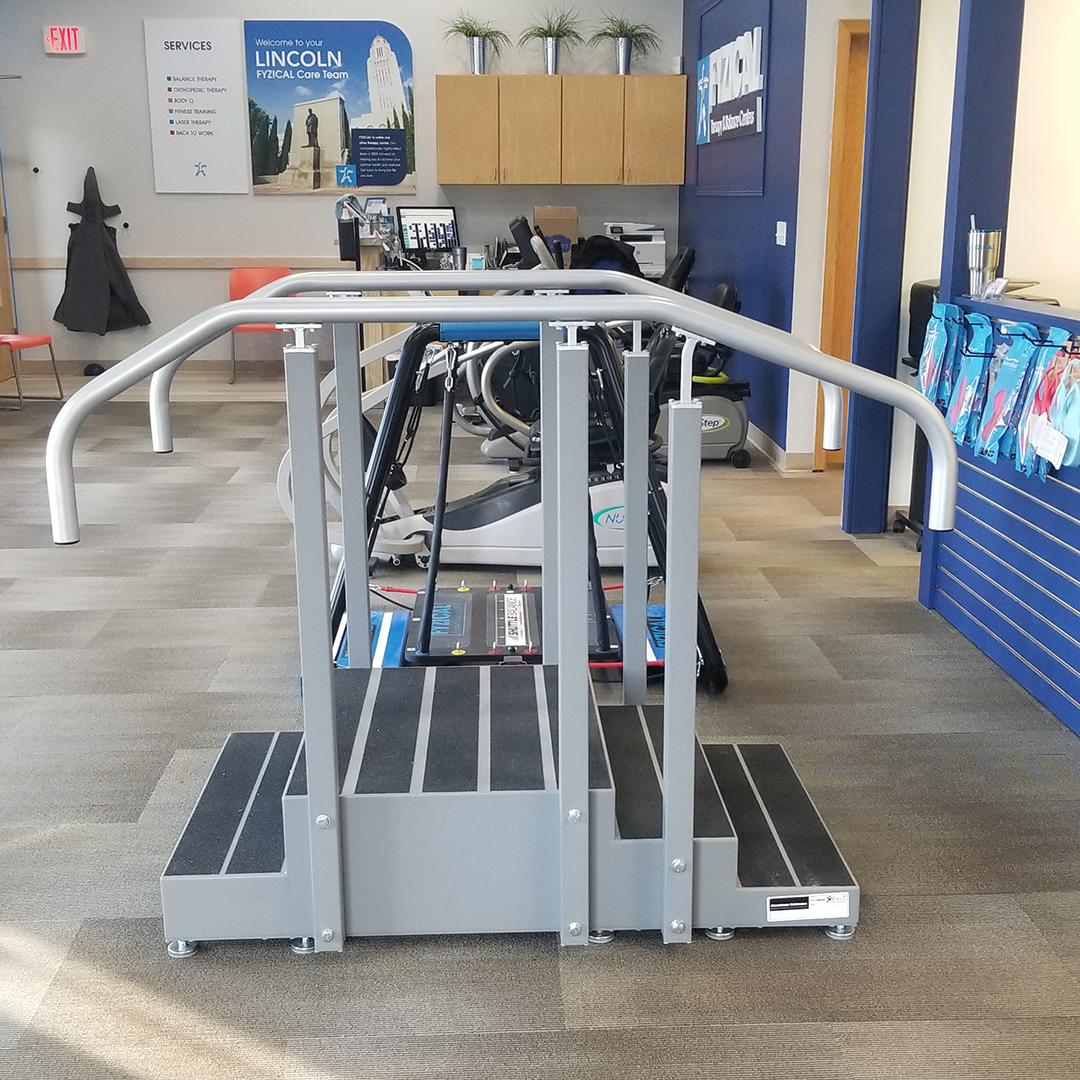|
[via Shutterstock] |
Physical therapists are professionals within the health care field, who specifically tend to medical issues that limit someone’s movements and physical abilities in daily life. Historically seen as something of a separate health care field, more and more, physical therapy is being viewed as integral to the treatment and restoration of anyone who has been sick or injured.
When it comes to senior care, physical therapy has been shown to be incredibly useful, both as a tool to help someone recover from illness, injury, or stroke, and as a tool that aids in the prevention of physical ailments, falls, and the like. Here are 8 ways physical therapy can benefit senior’s health, from preventing falls to improving cognition.
1. Fall Prevention
| "According to the National Council on Aging, 1 in 4 Americans 65+ fall each year..." |
Falling is one of the biggest dangers the elderly face, and not just because the fall itself may result in physical damage and pain, but because a fall can set in motion a host of other problems that an aging body may not be adequately equipped to defend against. According to the National Council on Aging, one in four Americans 65+ fall each year — a statistic that could be dramatically reduced if more seniors engaged in regular physical therapy. Physical therapy can improve functionality and flexibility of aging joints and muscles. Especially after a hospital stay, which often leads to decreased strength and balance, seniors need physical therapy to protect against falls.
2. Improvement of Overall Physical Health
Because falls and the problems that can result from them are such a grave threat to older people, it’s important for the elderly to maintain adequate balance, strength, and flexibility, as well as good posture. Age may come for everyone, but it doesn’t have to ravage anyone. With the help of a qualified physical therapist, cornerstones of good health like balance, strength, flexibility, and posture can all be maintained.
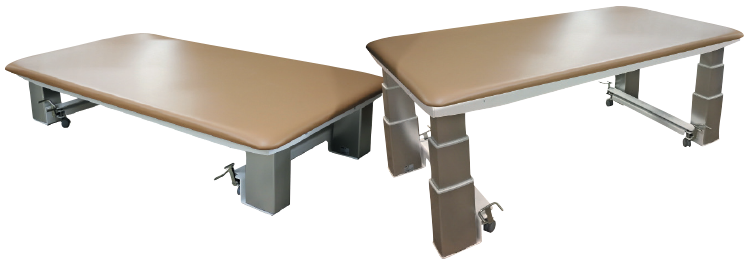 PT2000 Bariatric HiLo Mat Table by PHS Medical
PT2000 Bariatric HiLo Mat Table by PHS Medical
3. Assistance With Managing Cancer Treatment
One fascinating arena in which physical therapy can assist the elderly is in the management of cancer treatment. Because cancer treatment comes with so many negative side effects, physical therapists are able to assist those in treatment with better flexibility, range of motion, decreased pain, and improved quality of life through massage, exercise, compression therapies, and patient education.
4. Help With Incontinence
Senior women commonly struggle with urge and stress urinary incontinence, and both conditions are highly treatable with the help of a physical therapist. Not only can a physical therapist help elderly women with pelvic floor exercises that strengthen the pubococcygeus and sphincter muscles in supporting the bladder, but a physical therapist is often needed to assist a woman in gaining awareness of those muscles so that performing the exercises can happen at all.
5. Improvement of Cognitive Functioning
Elderly patients suffering from dementia can see their cognitive functioning improved and their rate of decline slowed with the help of physical therapy. Many studies show that increased exercise leads to a reduced risk of dementia overall, which also suggests that physical therapy for the elderly is a great preventative measure. And with seniors whose cognitive capabilities are already compromised, physical therapy can be valuable in teaching awareness about their physical environment and potentials for danger, which keeps seniors less likely to fall or otherwise injure themselves.
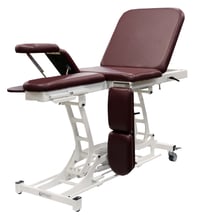 |
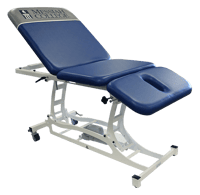 |
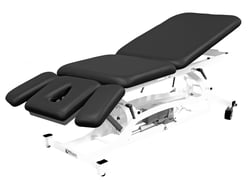 |
HiLo Therapy Tables by PHS Medical
6. Improved Quality of Life
Seniors often experience a reduced quality of life as they age, and much of this reduction in quality is due to restricted freedom that can often be improved with an increase in mobility. As seniors regain flexibility, strength, and balance, they’re more fully able to participate in their daily lives, which leads to an increase in overall satisfaction and enjoyment.
7. Infection Prevention
Seniors, especially after a hospitalization of any kind, are more susceptible to infection in cuts, wounds, bedsores, and the like. Active movement under the guidance of a skilled physical therapist can restore some strength and help keep sores from forming or aid those that already exist in healing. Lack of movement can also lead to pneumonia, another form of infection that physical therapy can help guard against.
8. Decreased Pain
In many conditions that afflict the elderly, such as osteoarthritis, physical therapy can play a vital role in pain management. Especially since many seniors aren’t good candidates for surgery or have problems with polypharmacy and can’t add a pain reliever to their daily medicine intake, physical therapy can be a primary tool in fighting pain and instability.
More and more, physical therapists are being integrated into seniors’ health care as vital and necessary. From decreasing pain to improving quality of life, elders with physical therapists are finding their overall bodies in better, more mobile, shape.
This blog was curated by an article published on May 11, 2015 by Shelley Webb on intentionalcaregiver.com. The original article can be found here.
